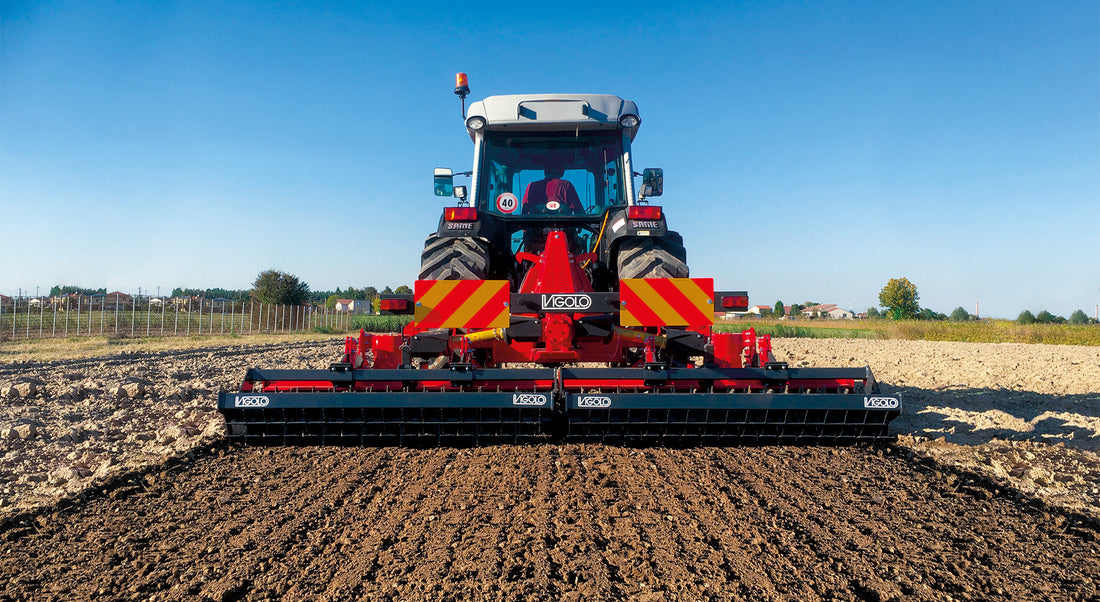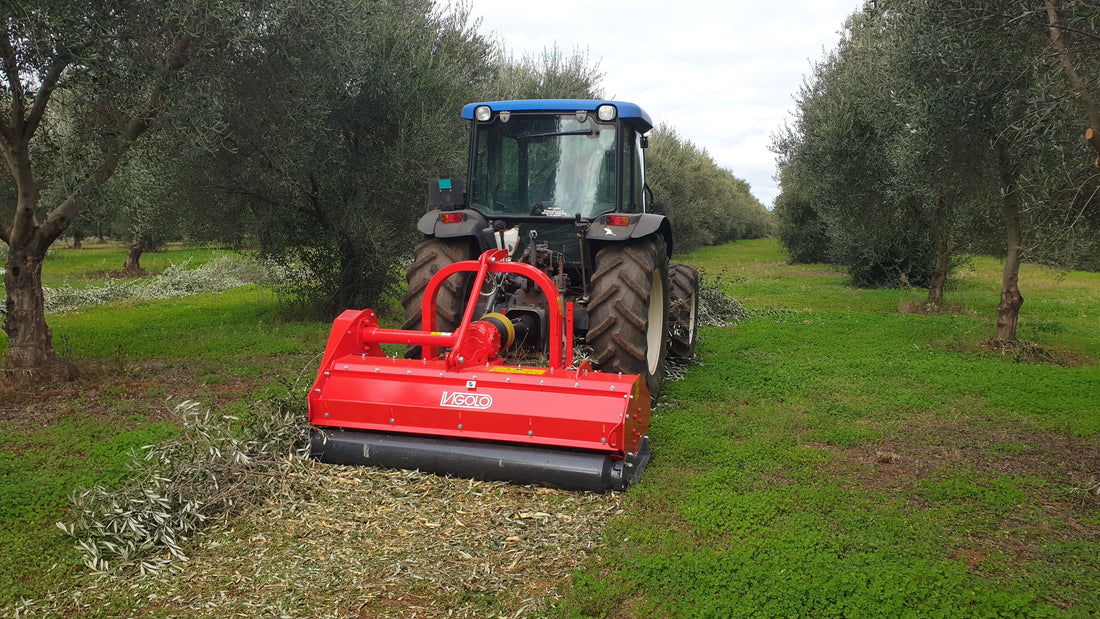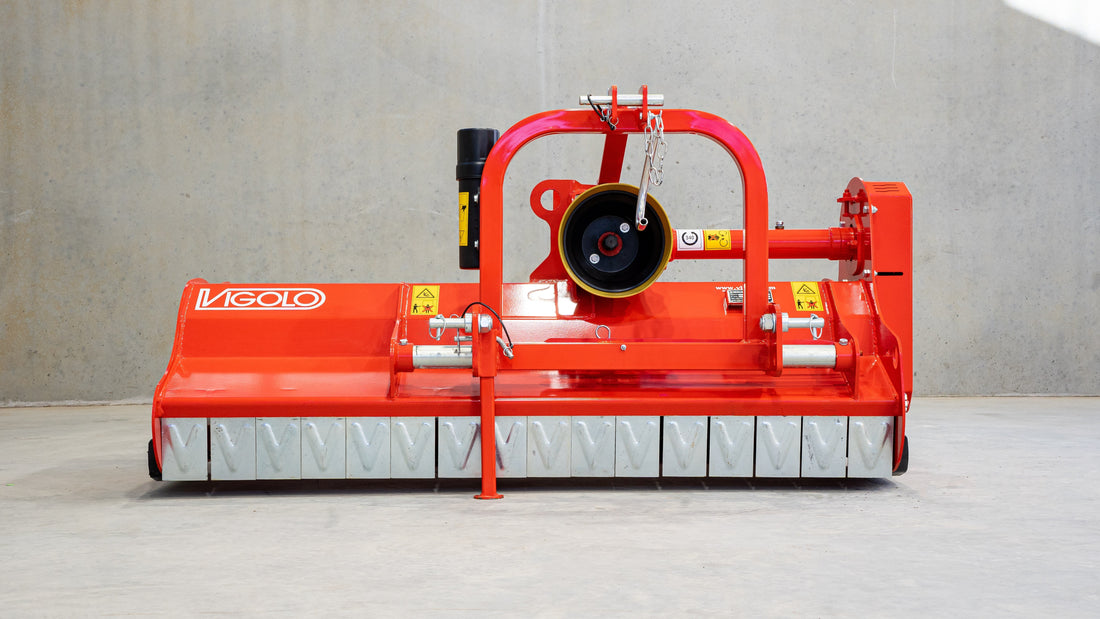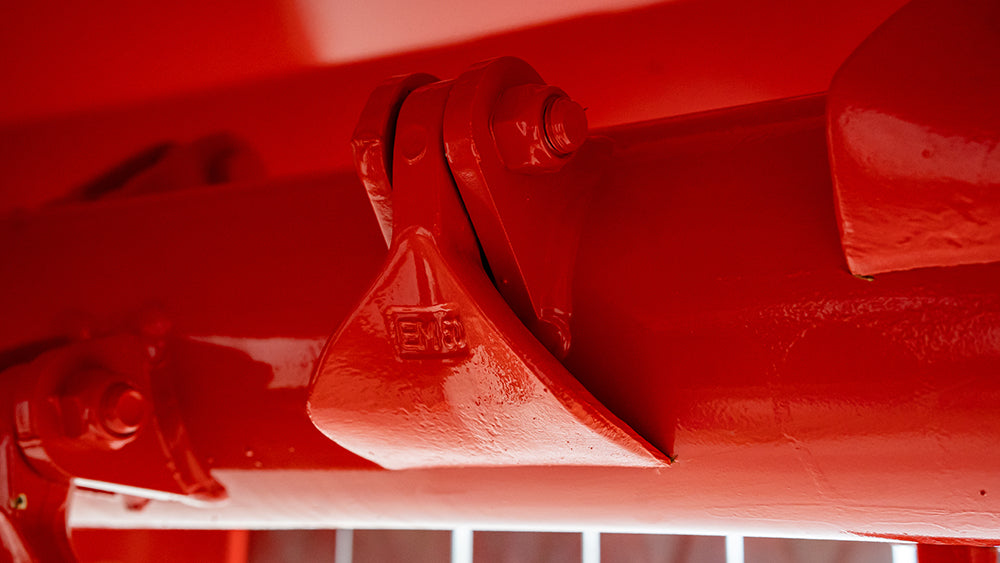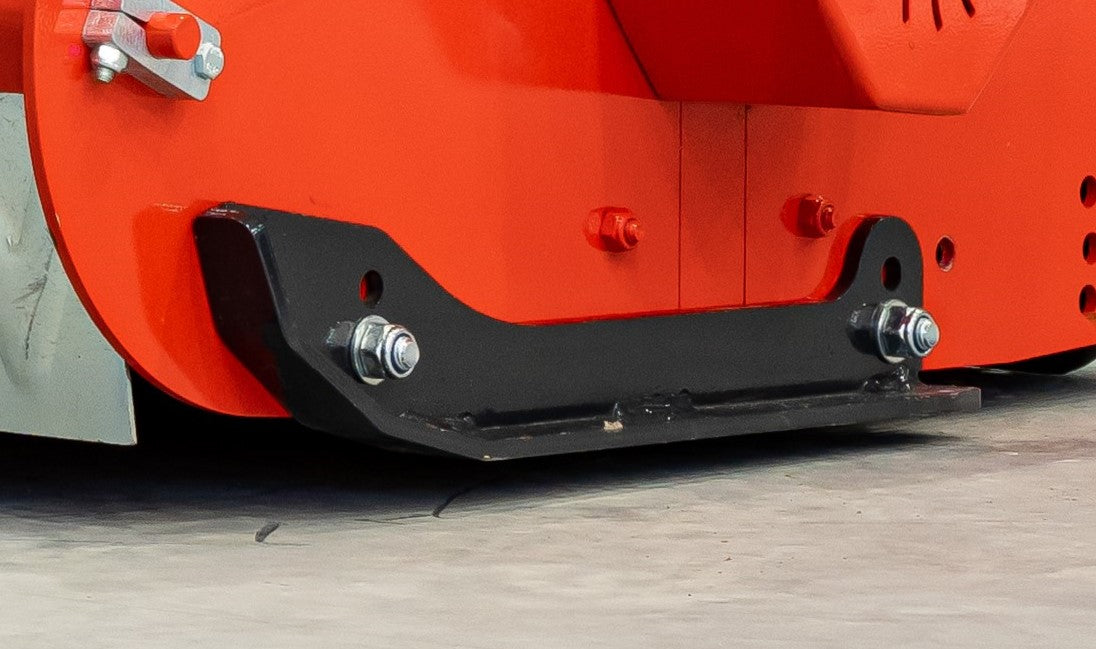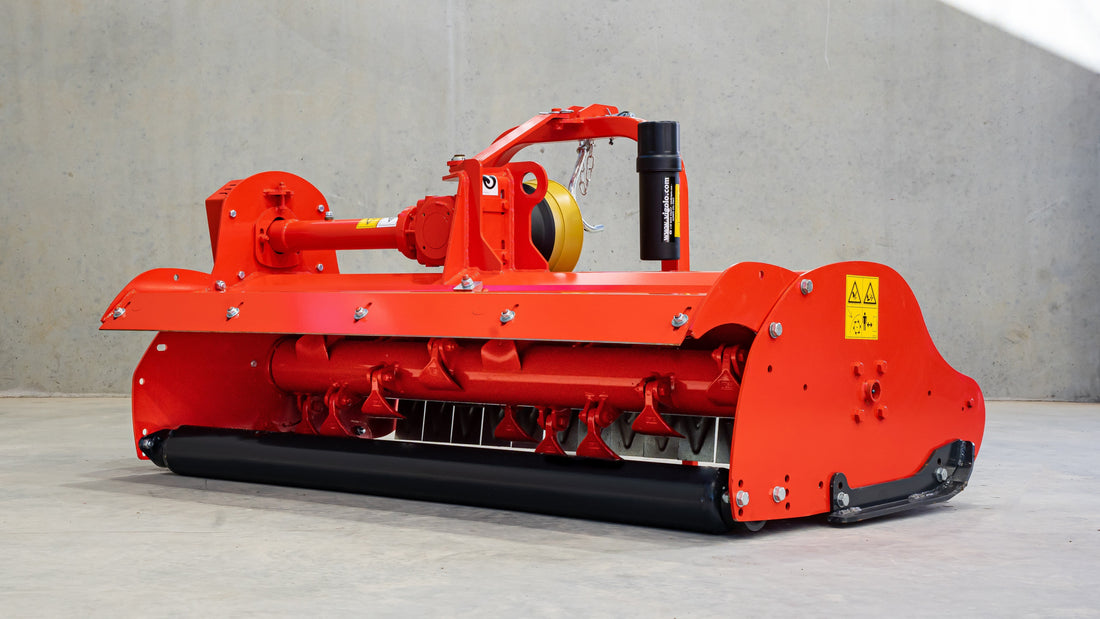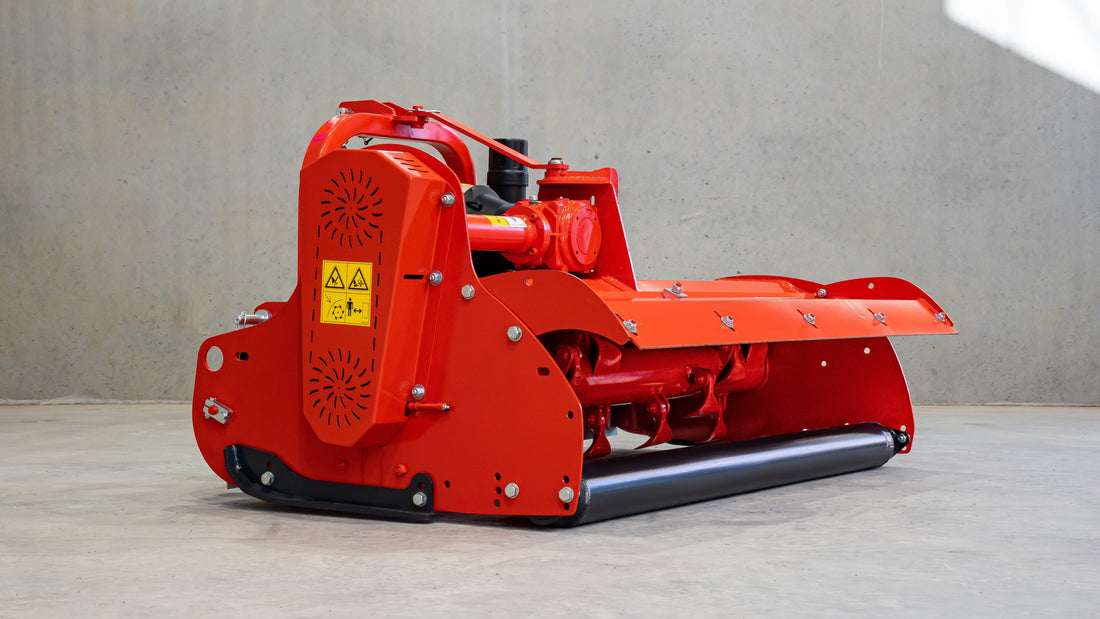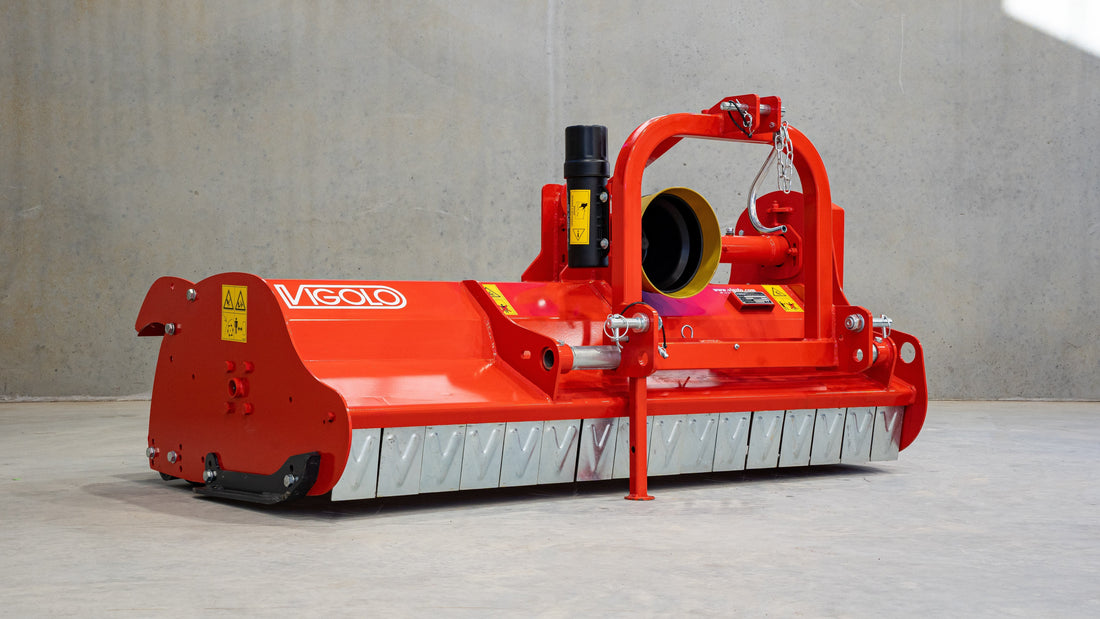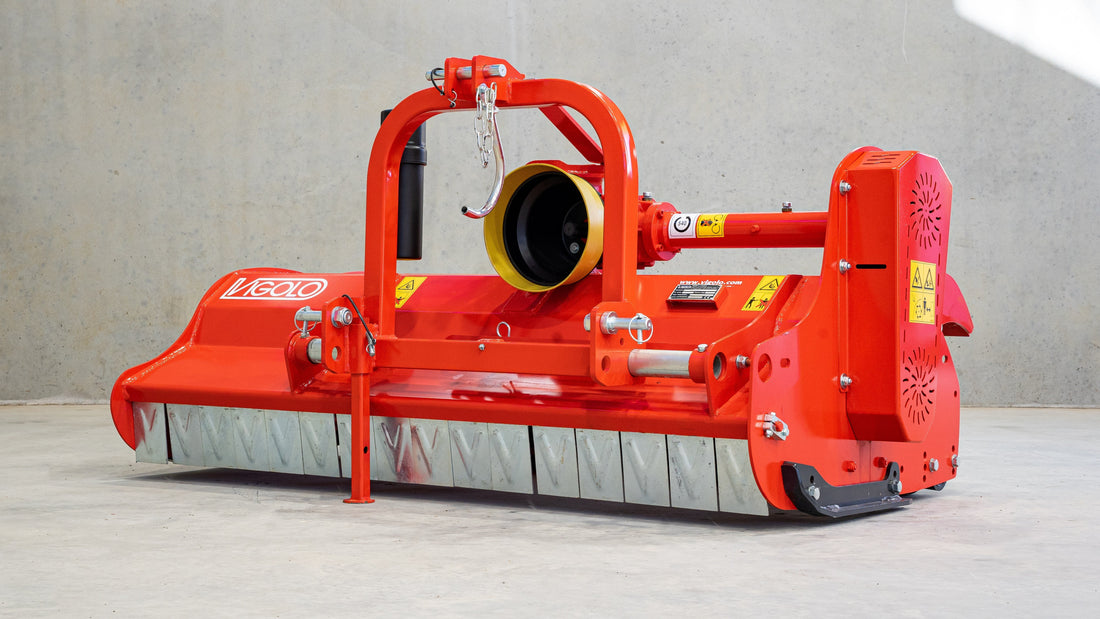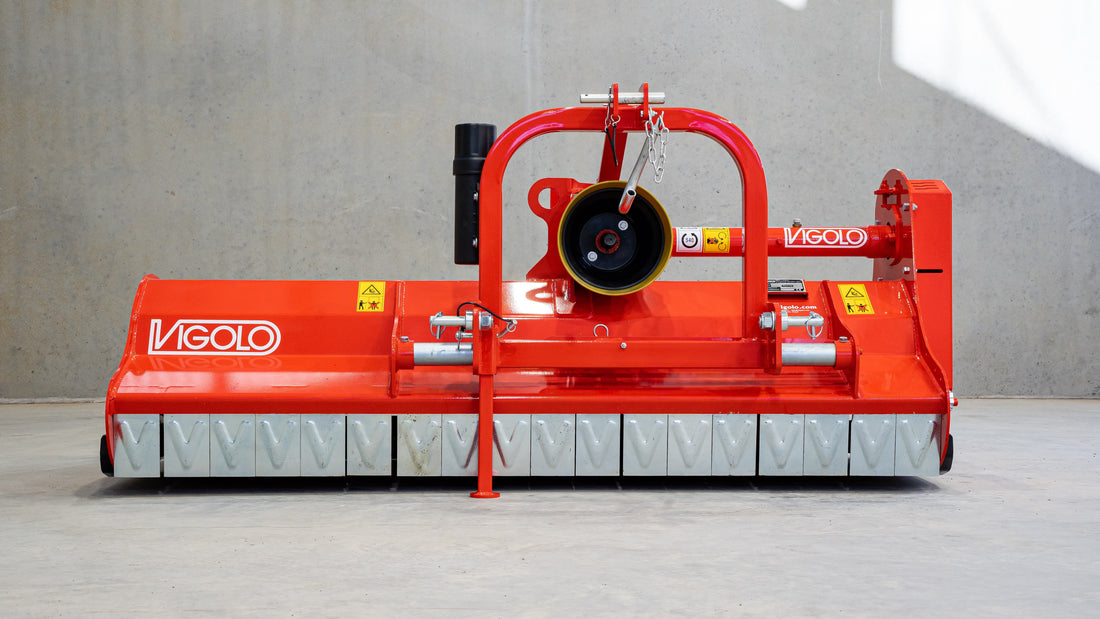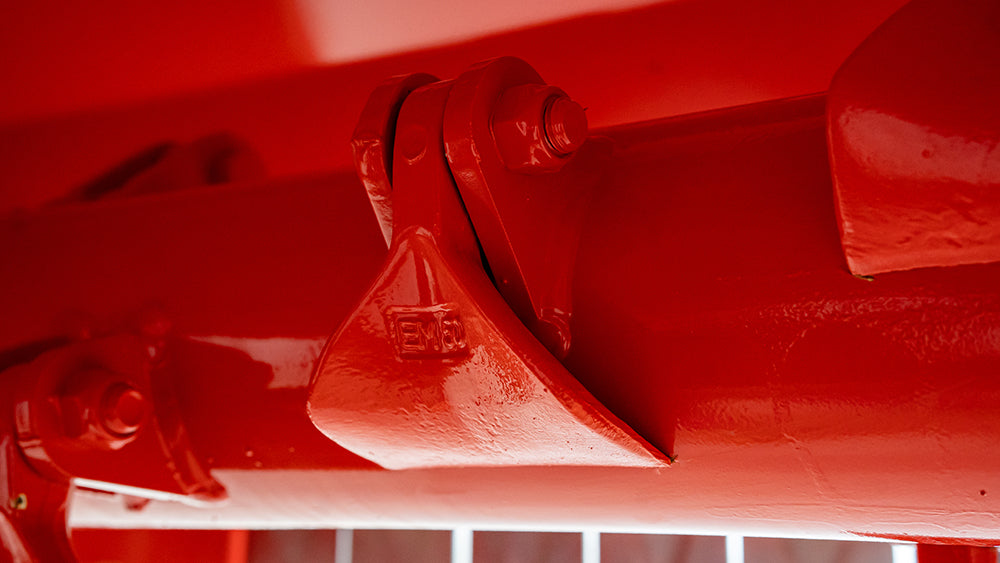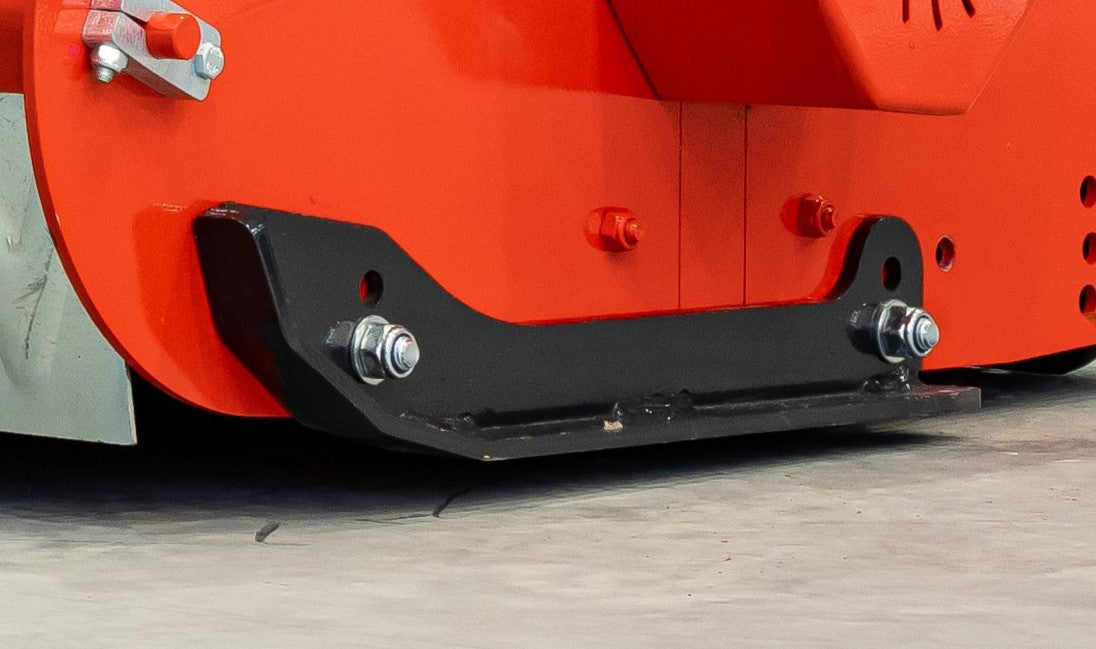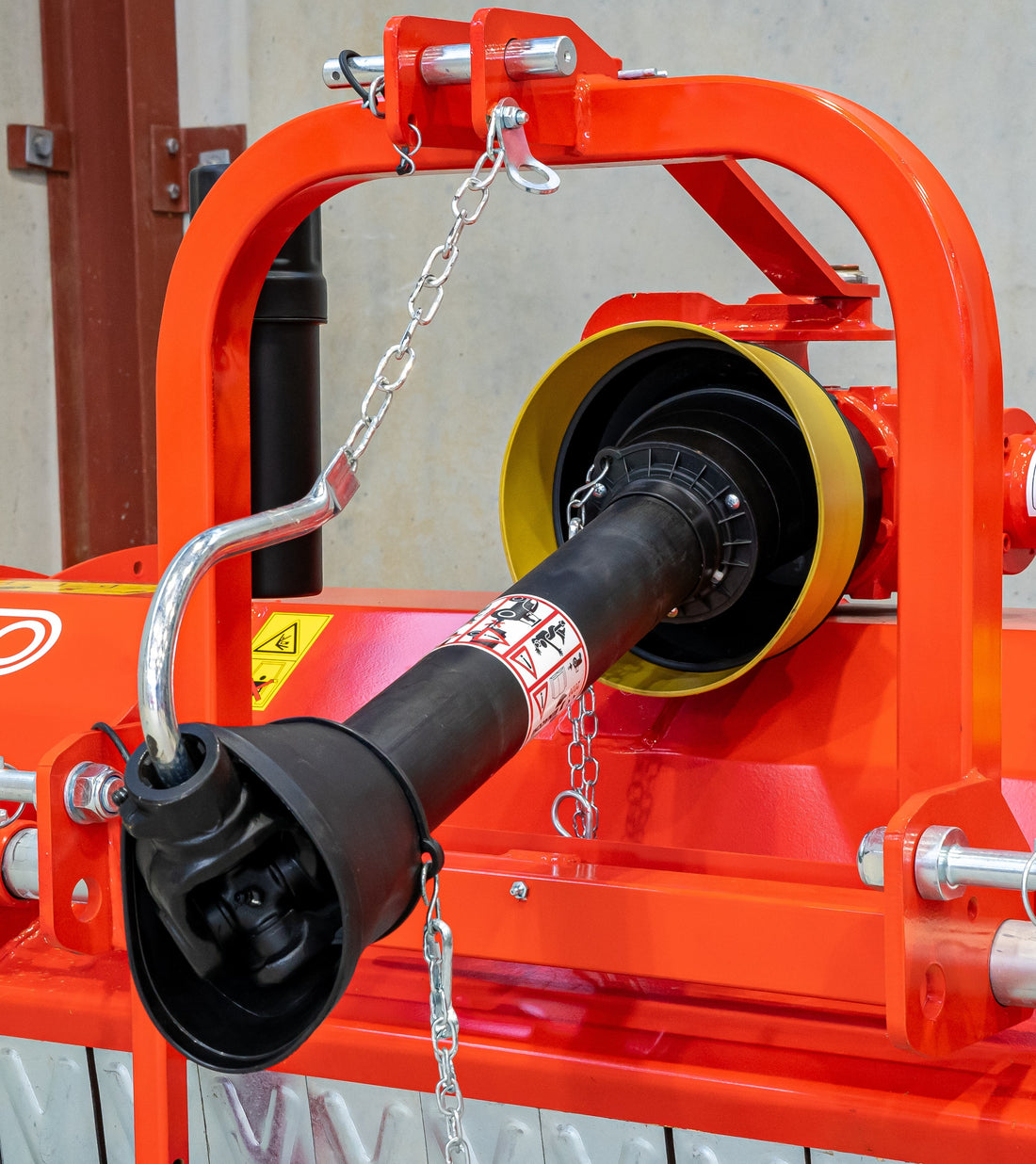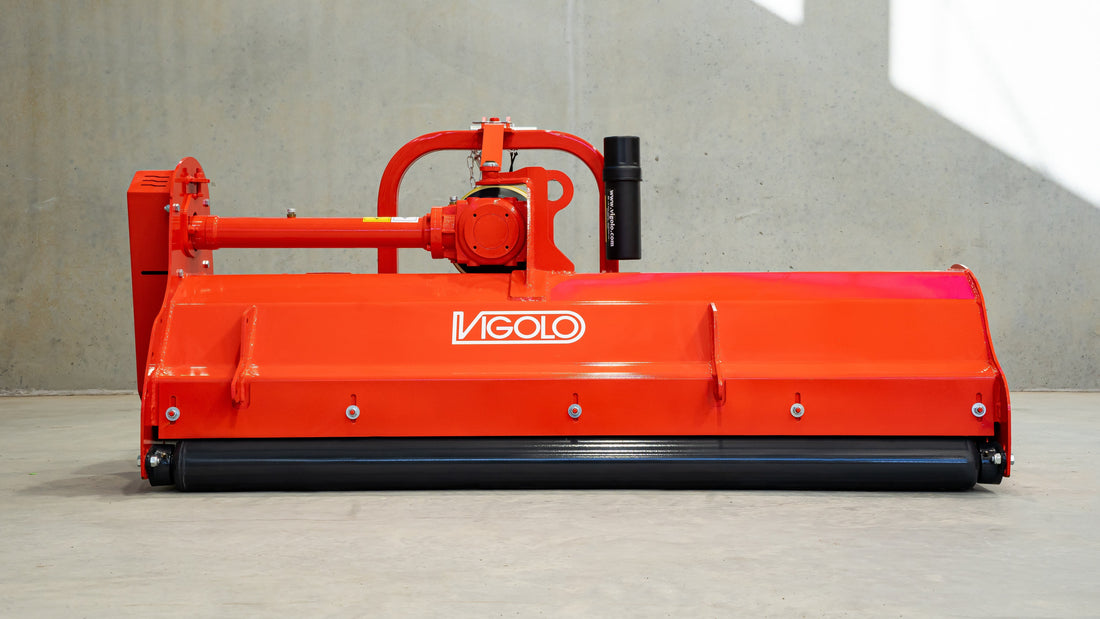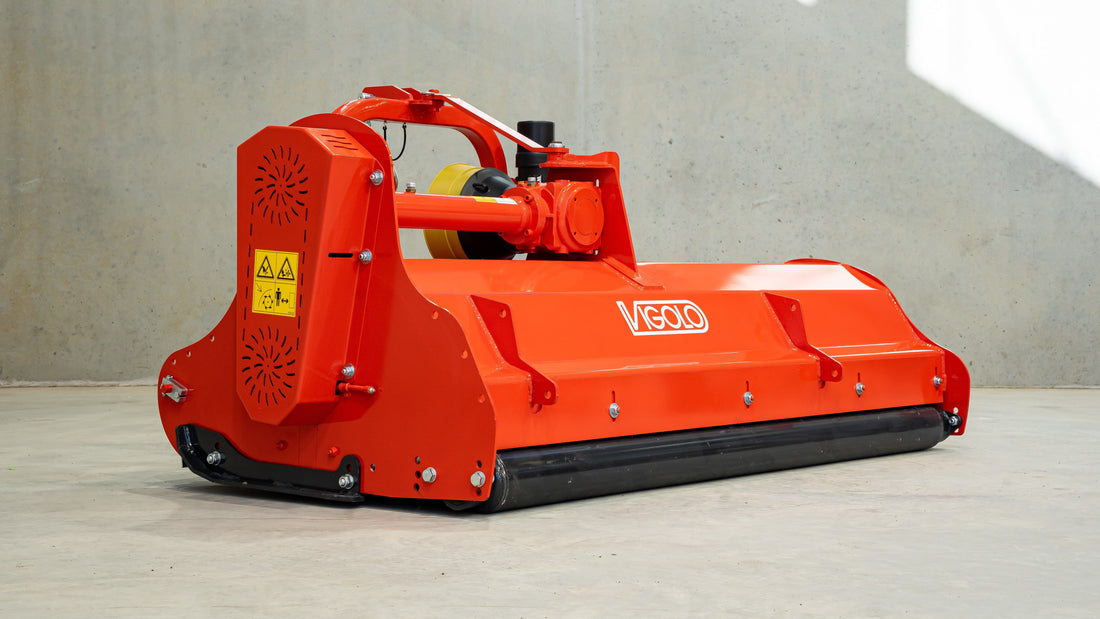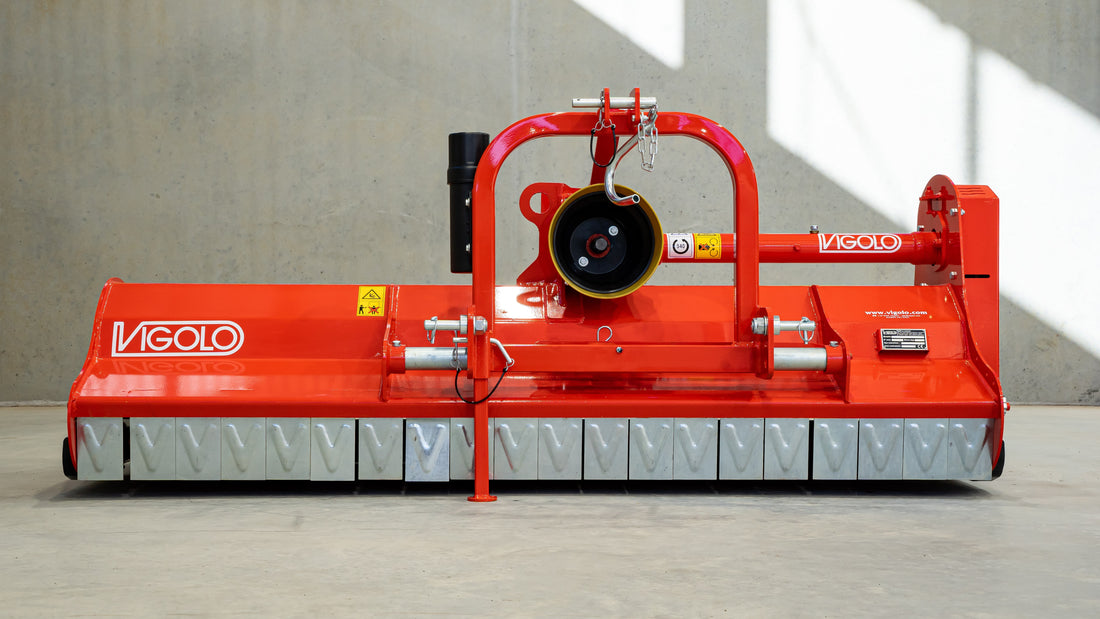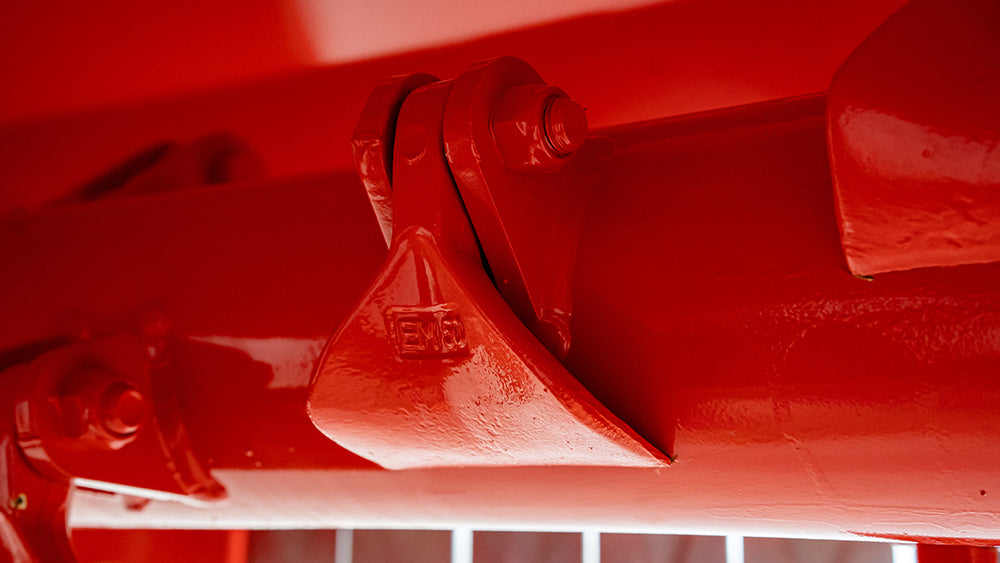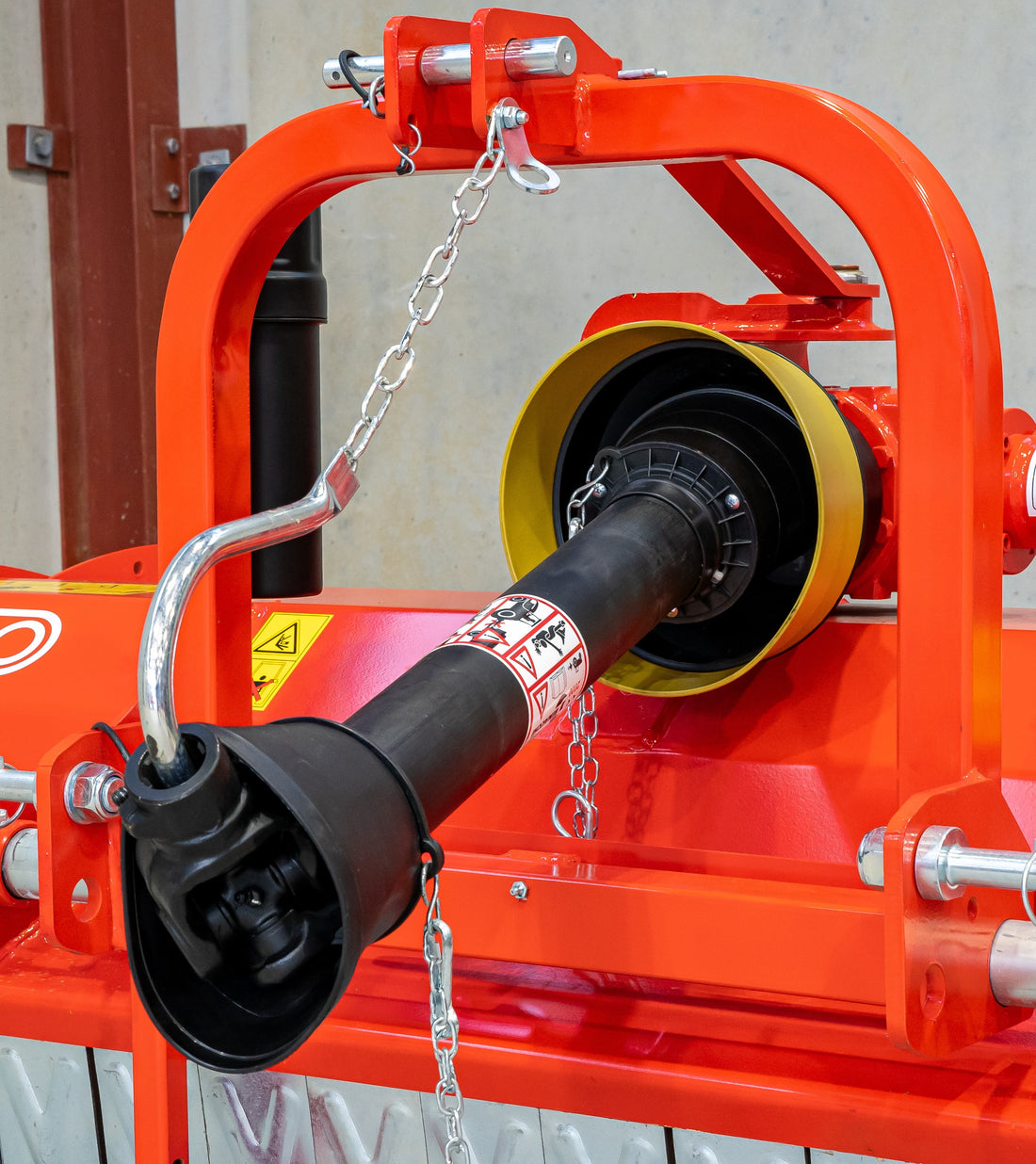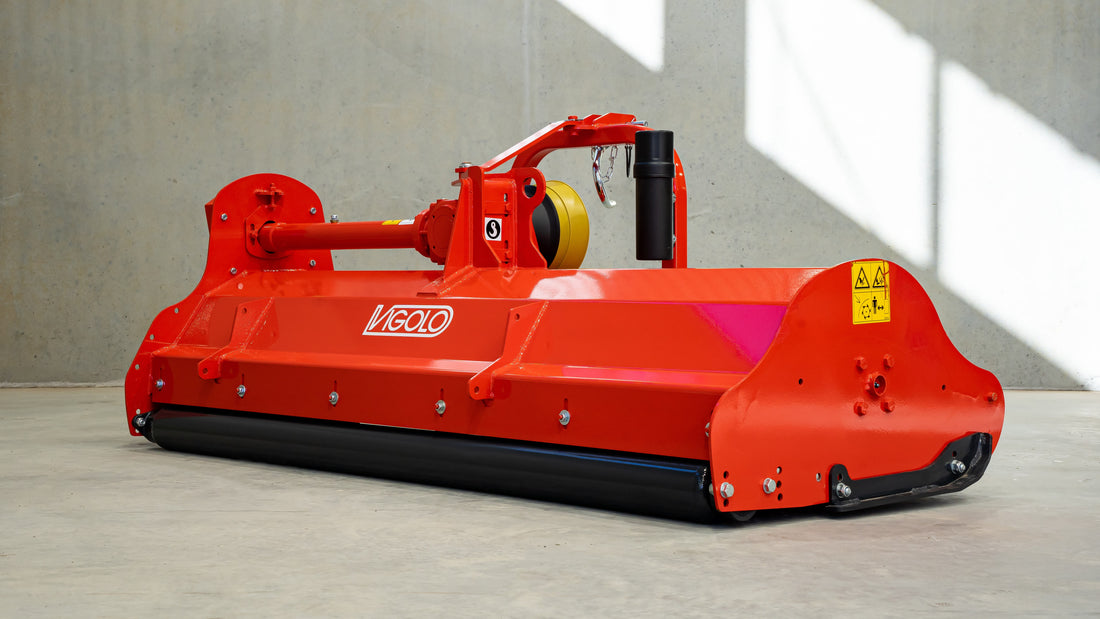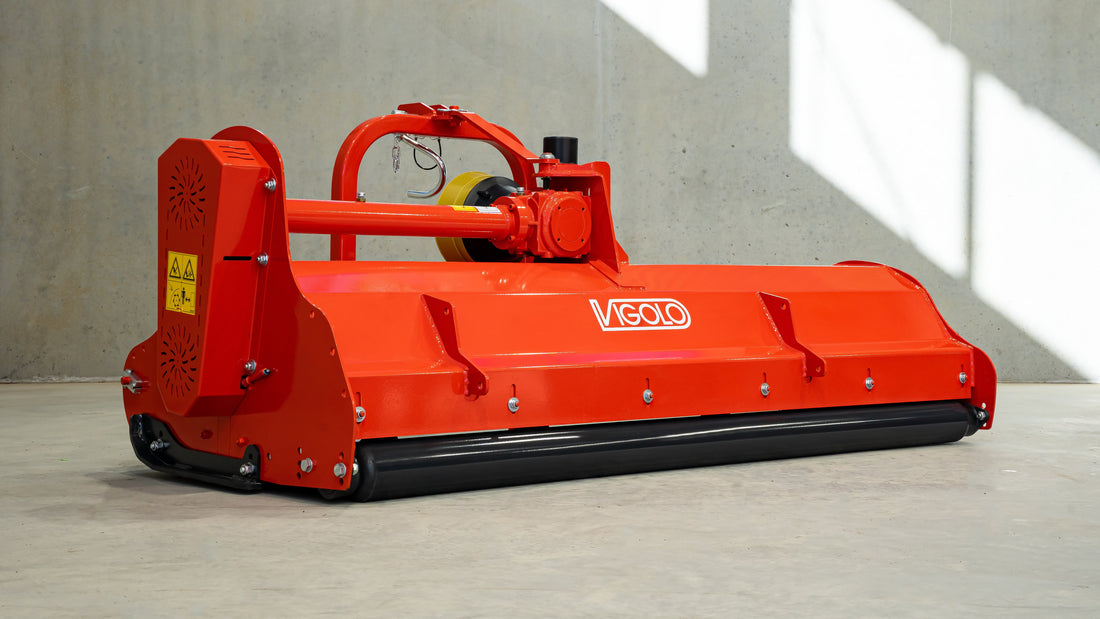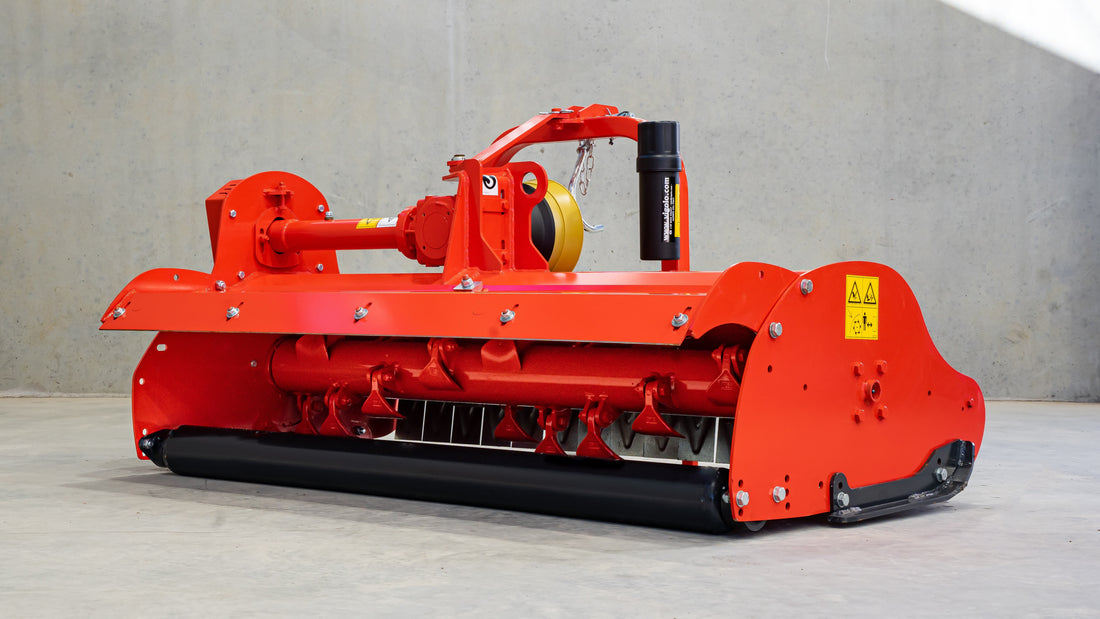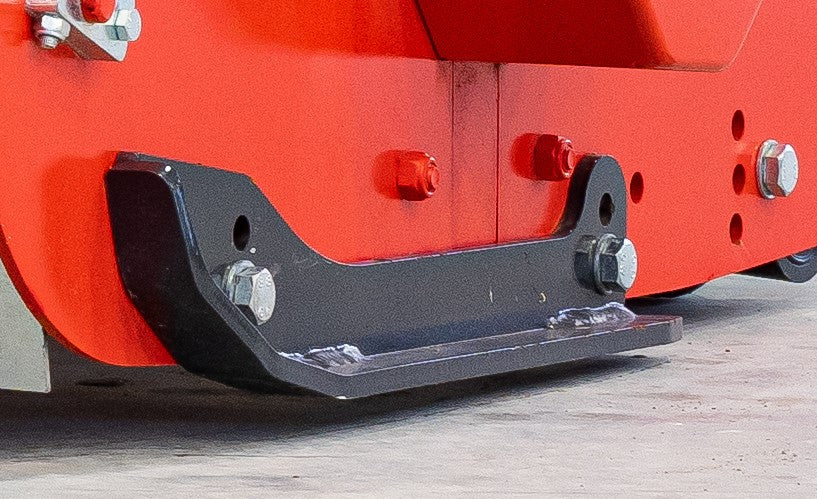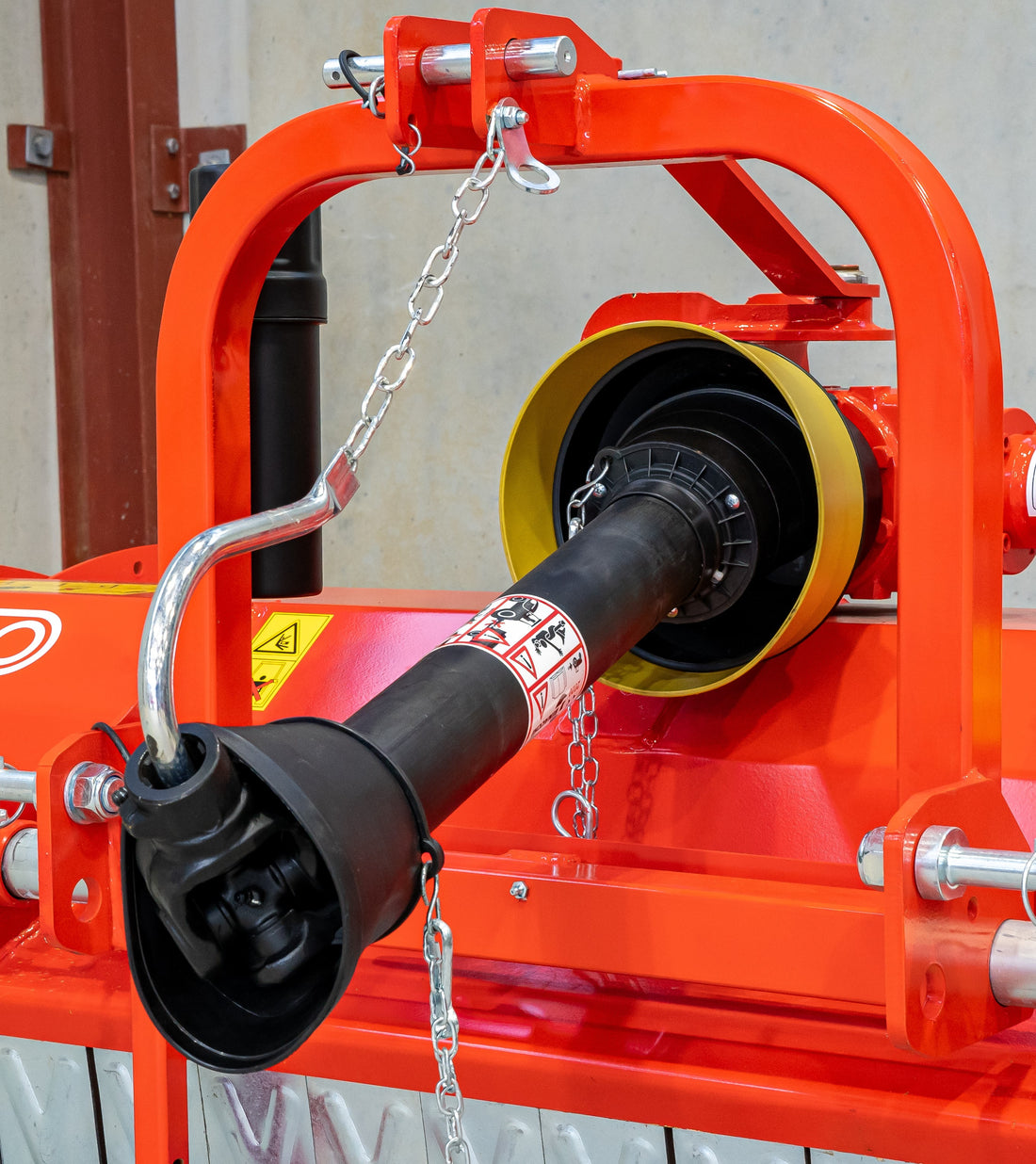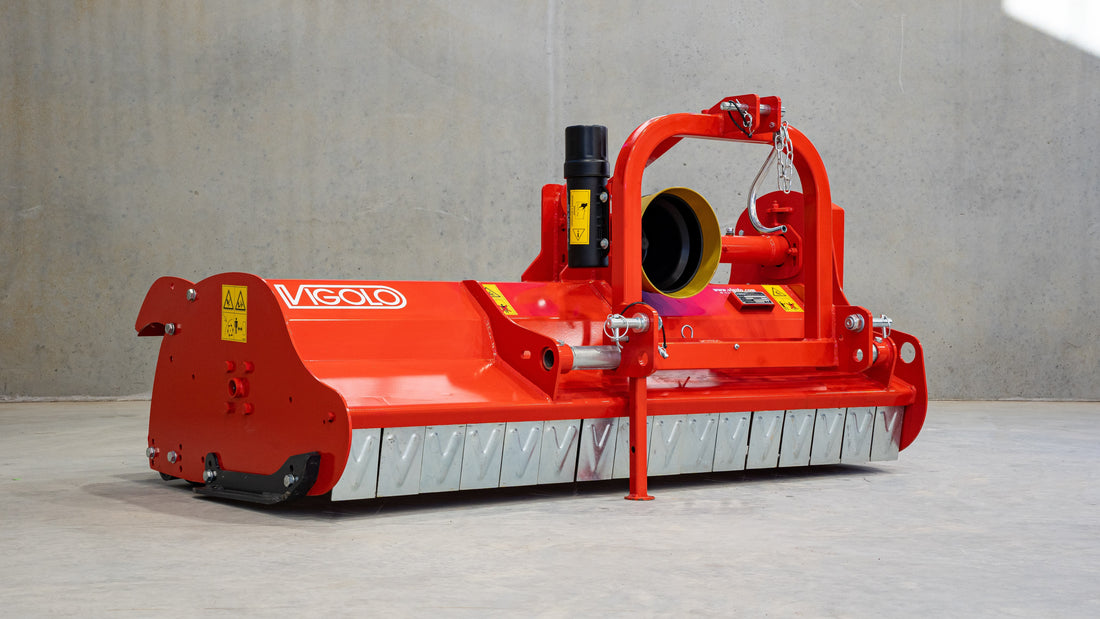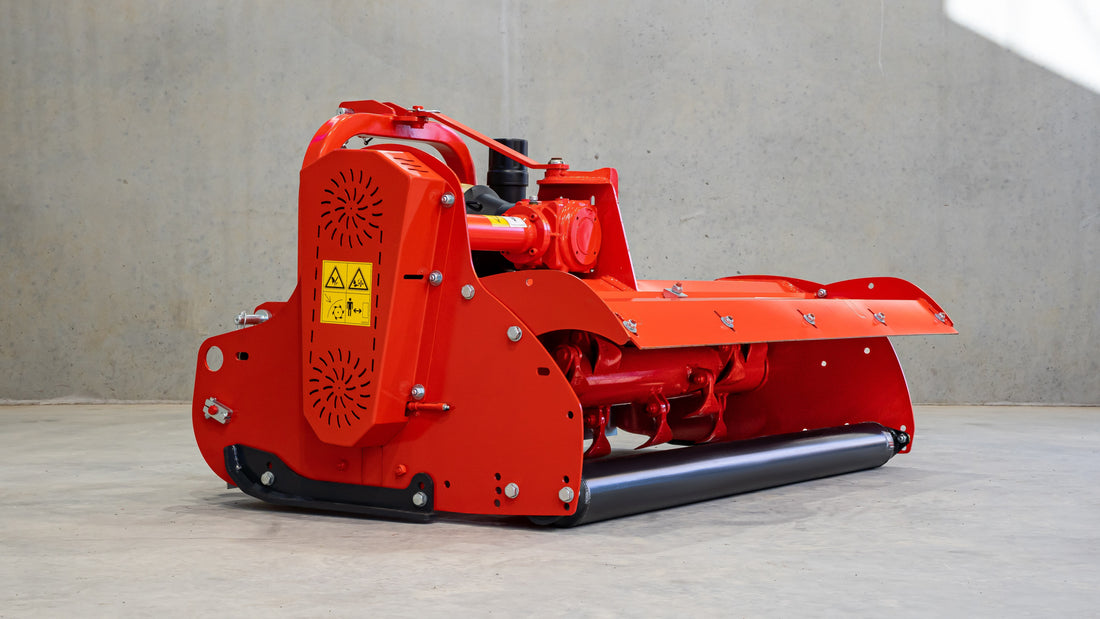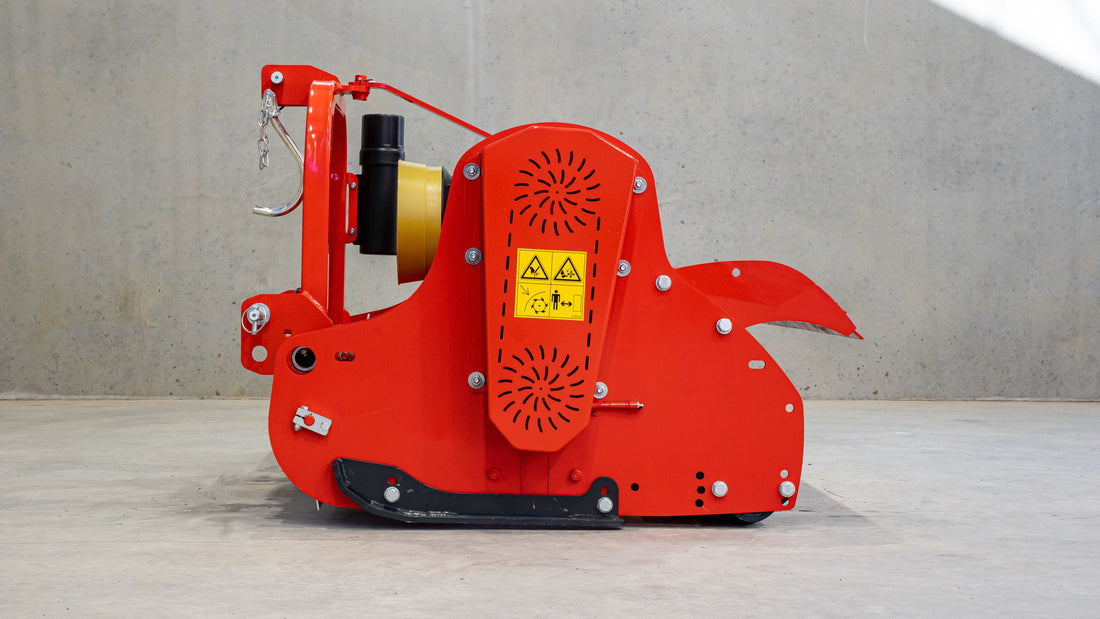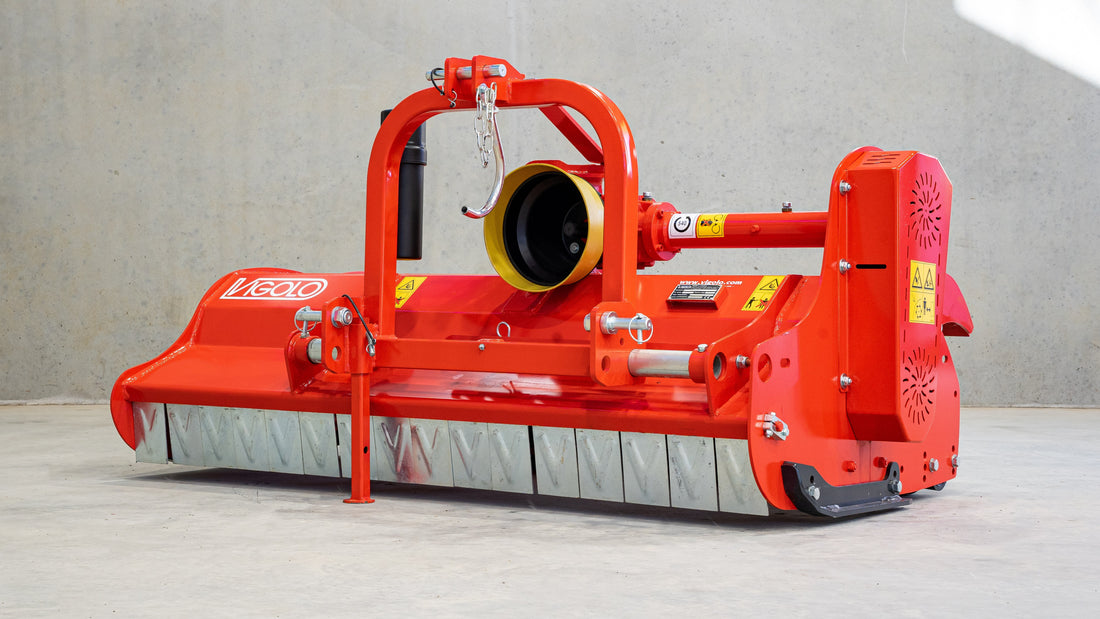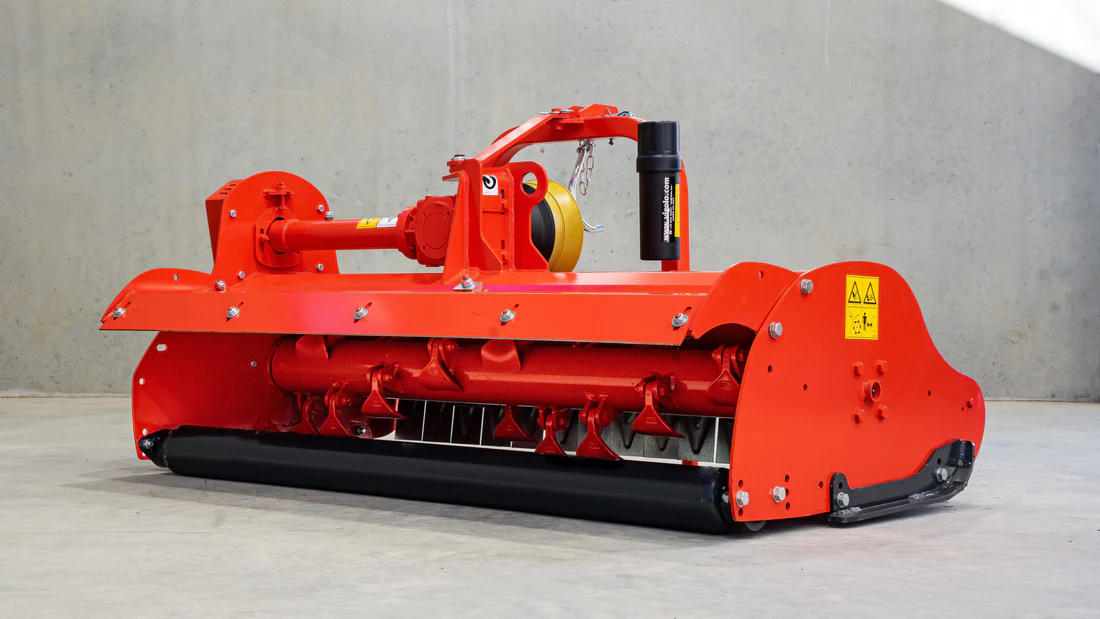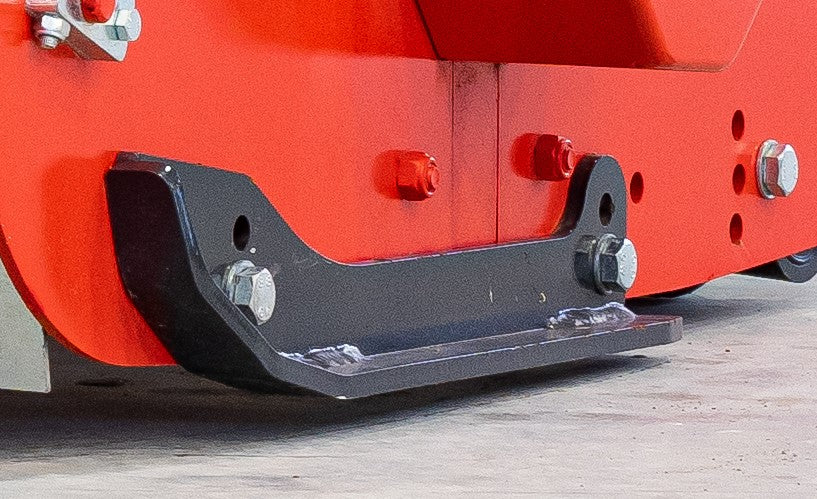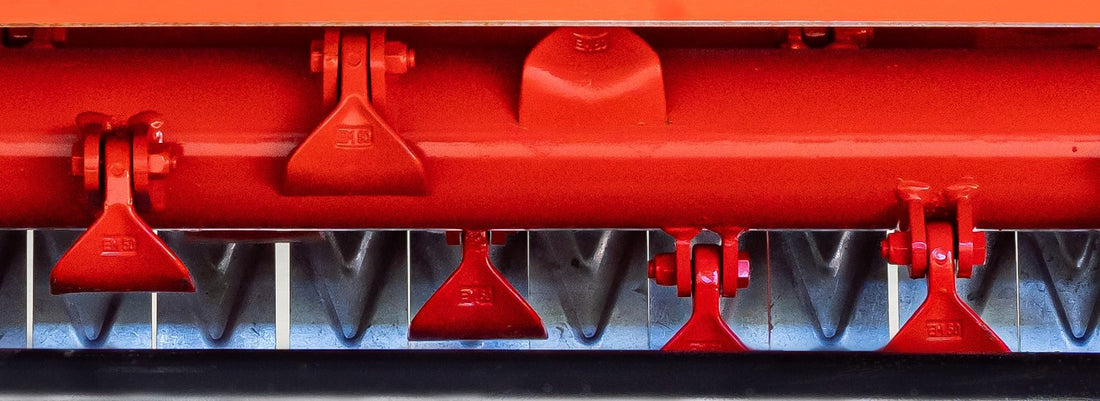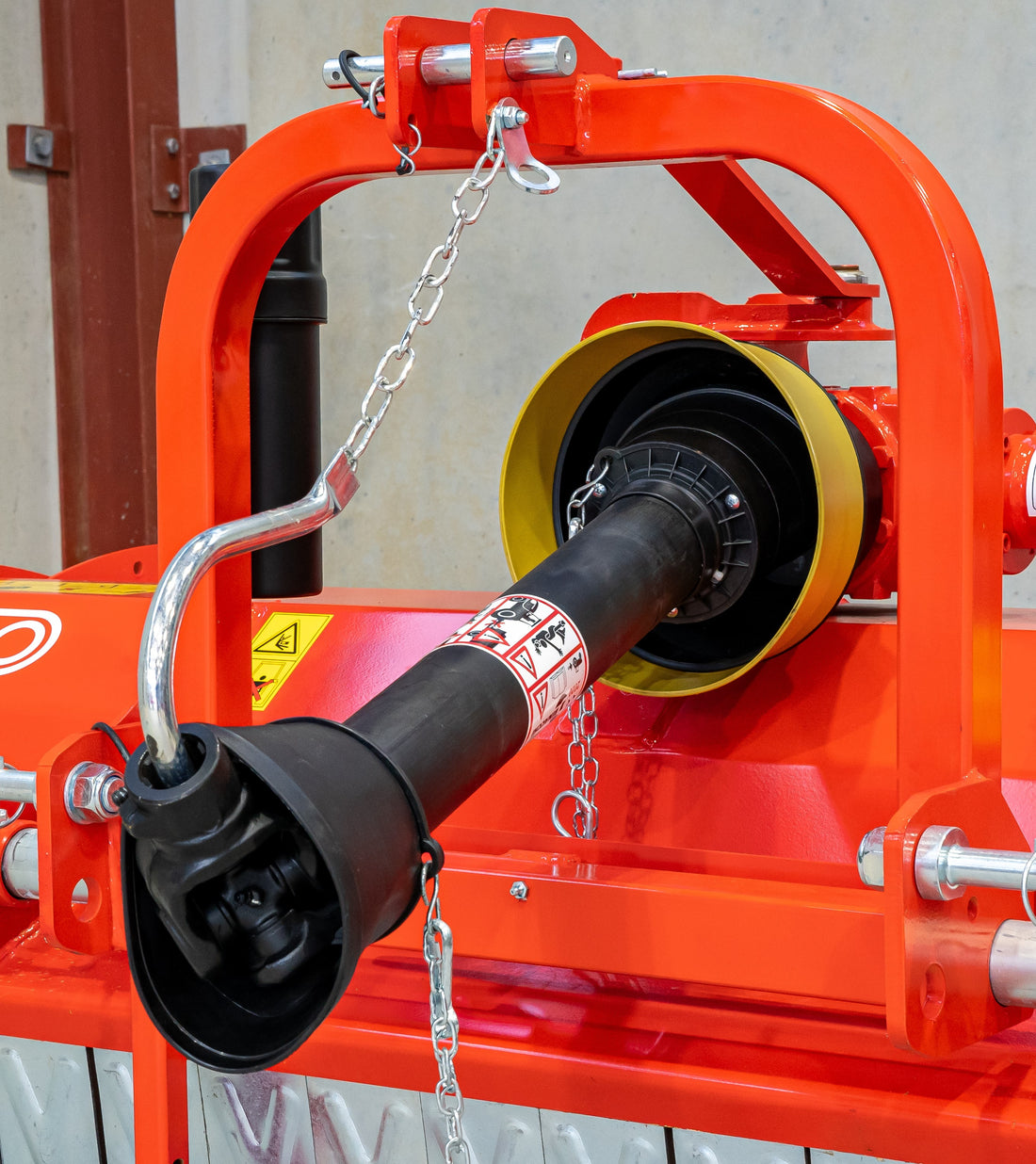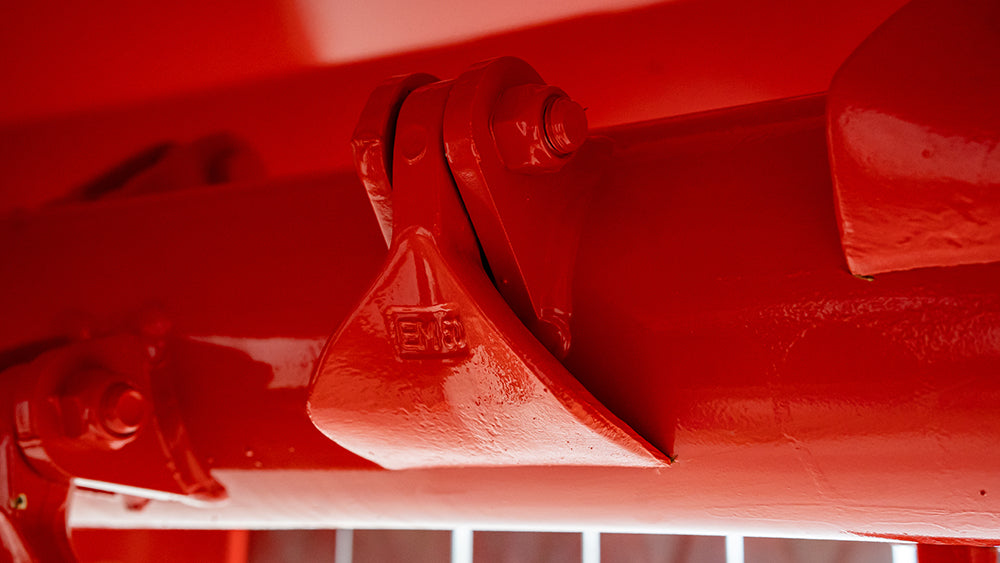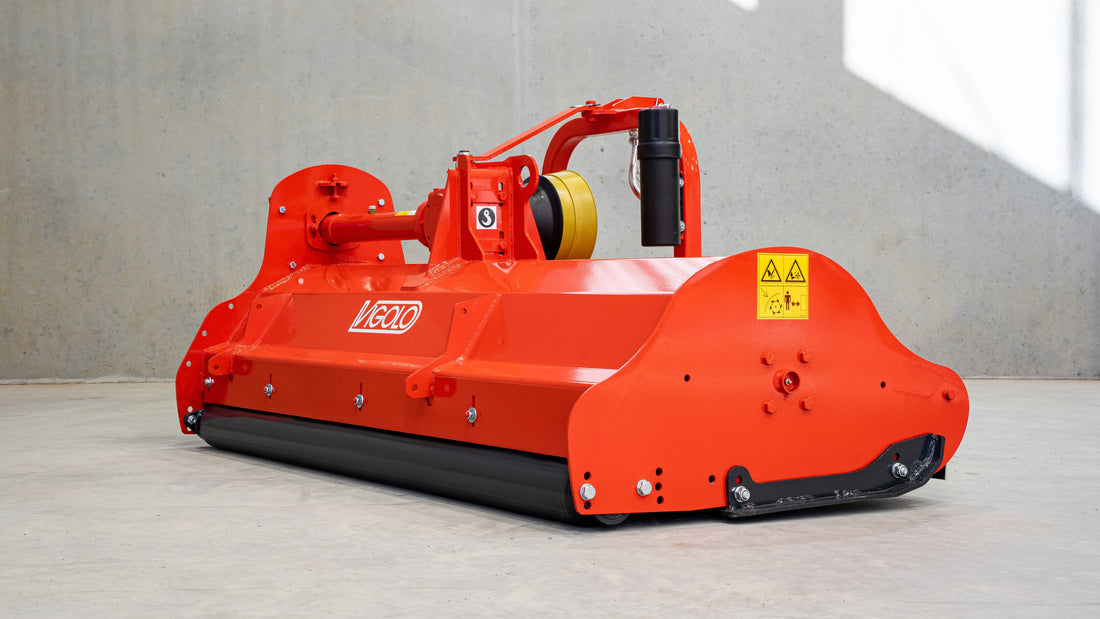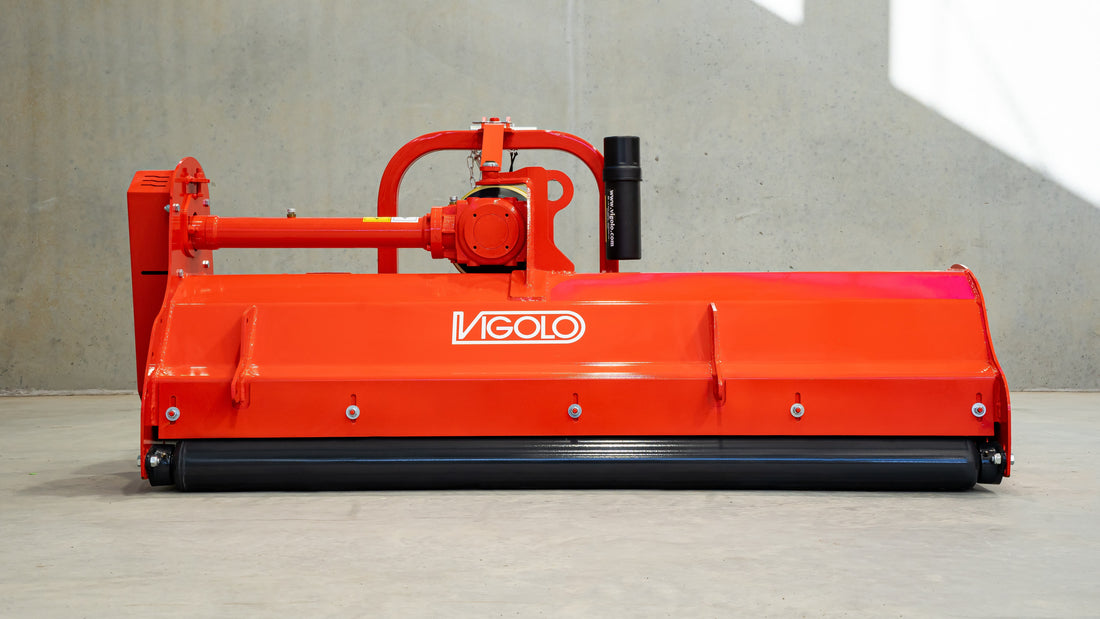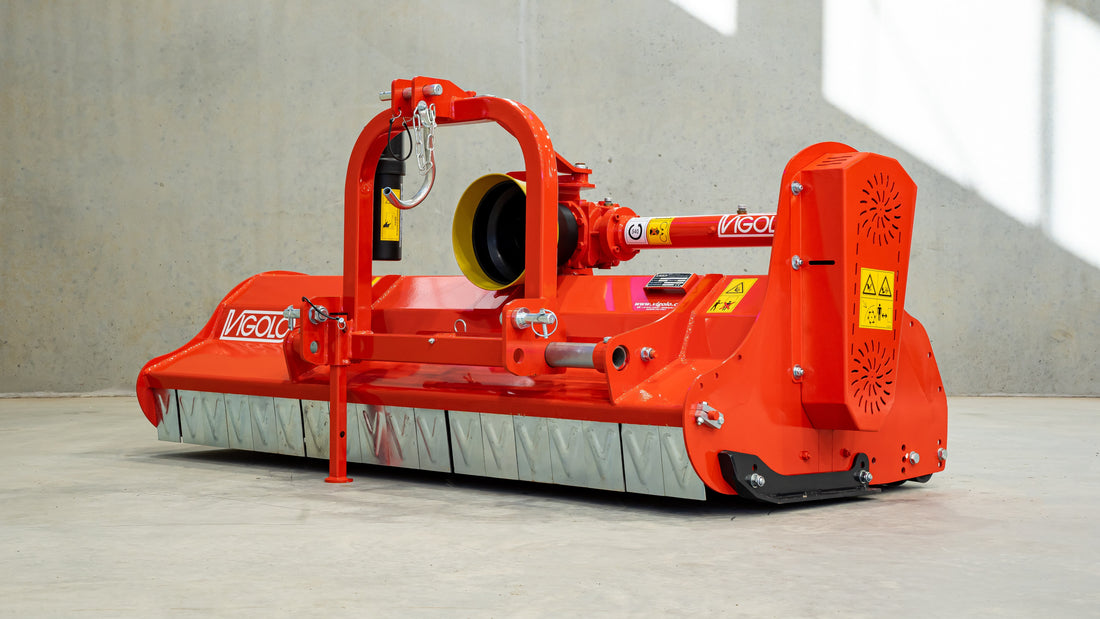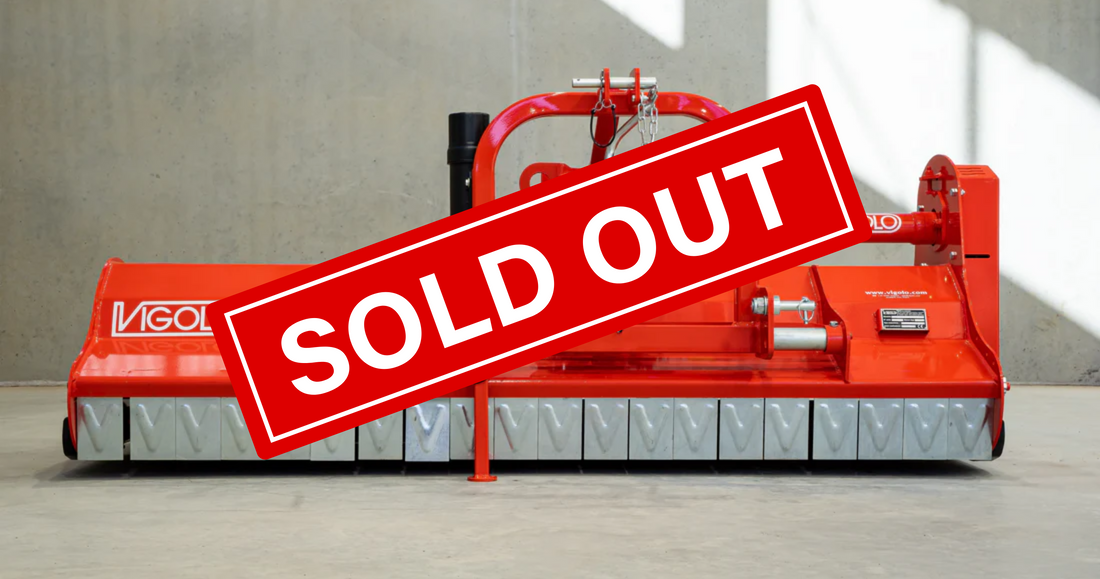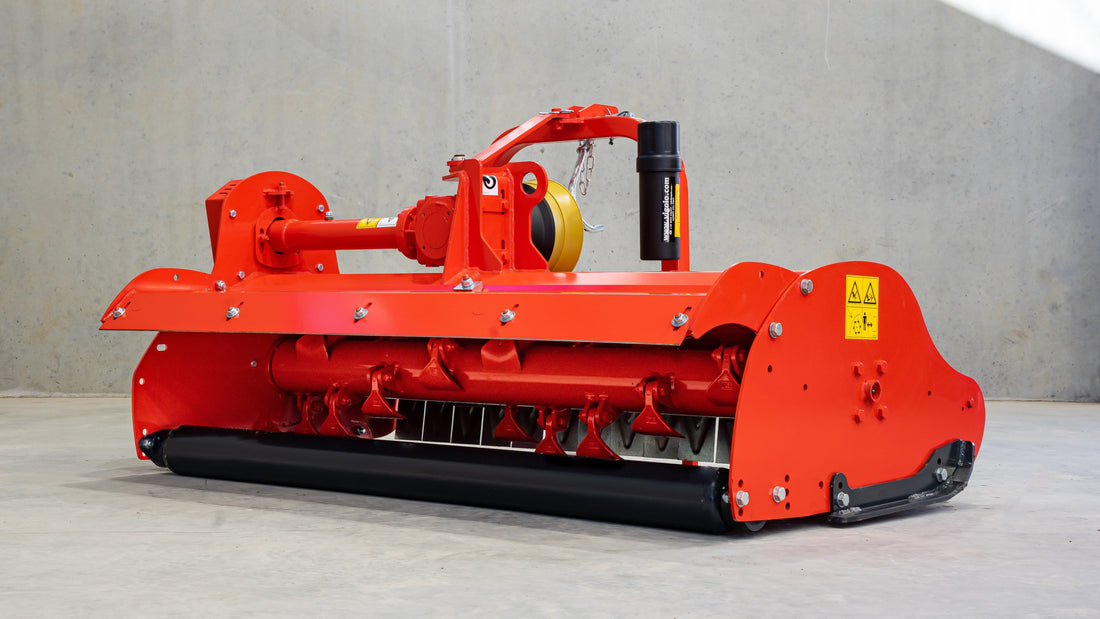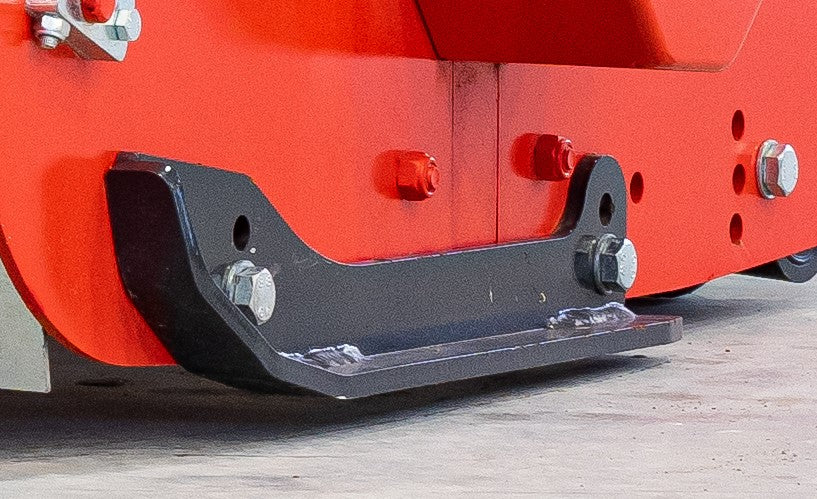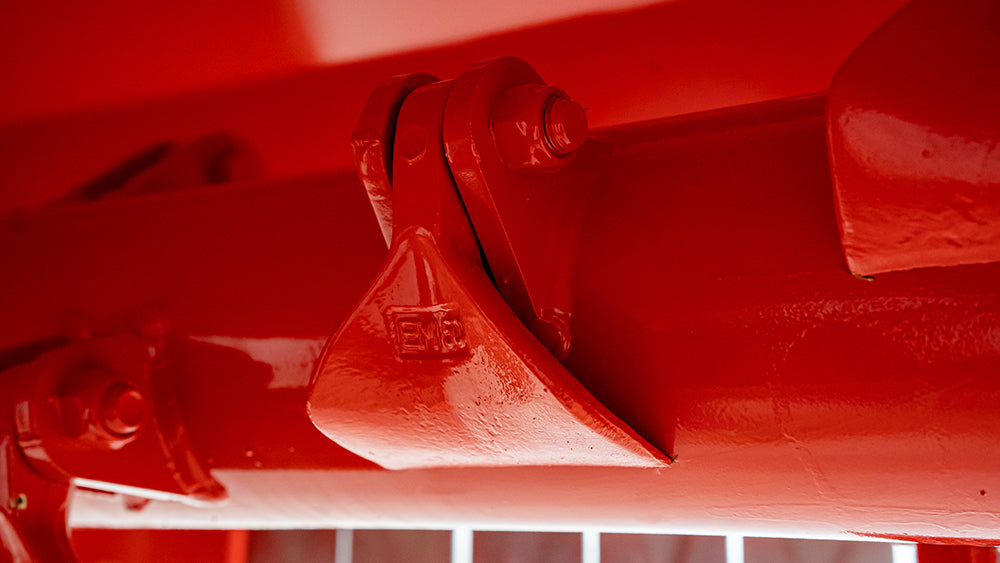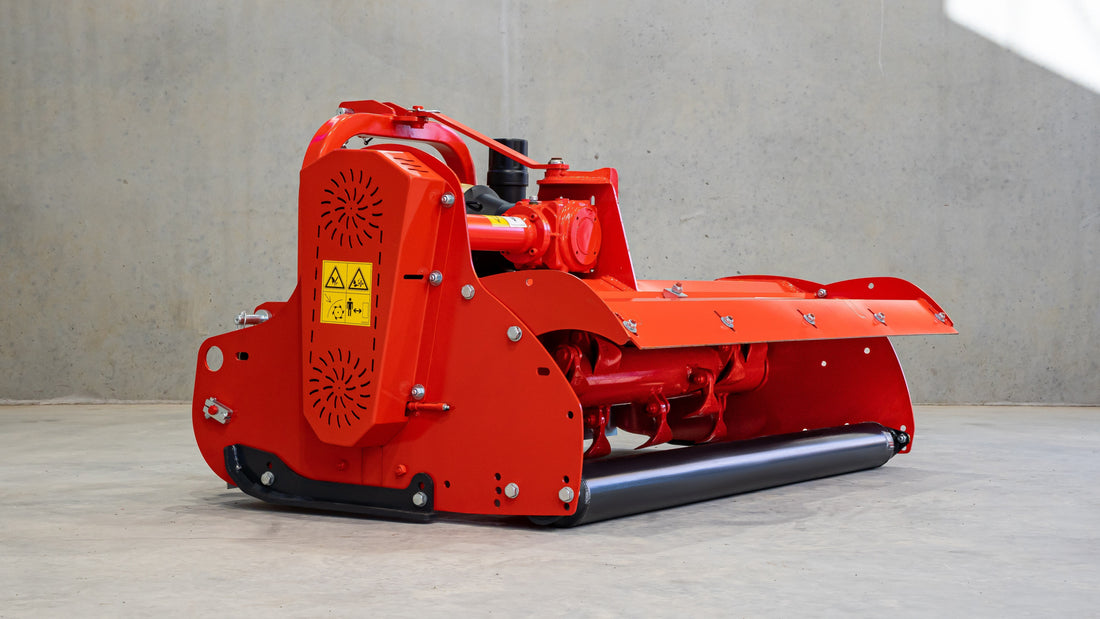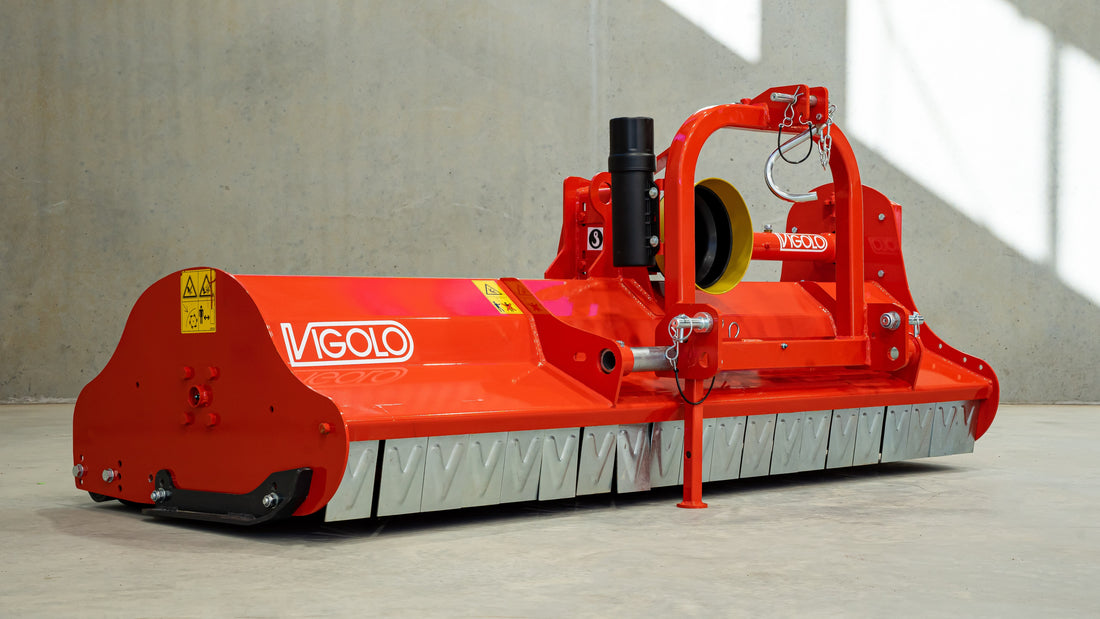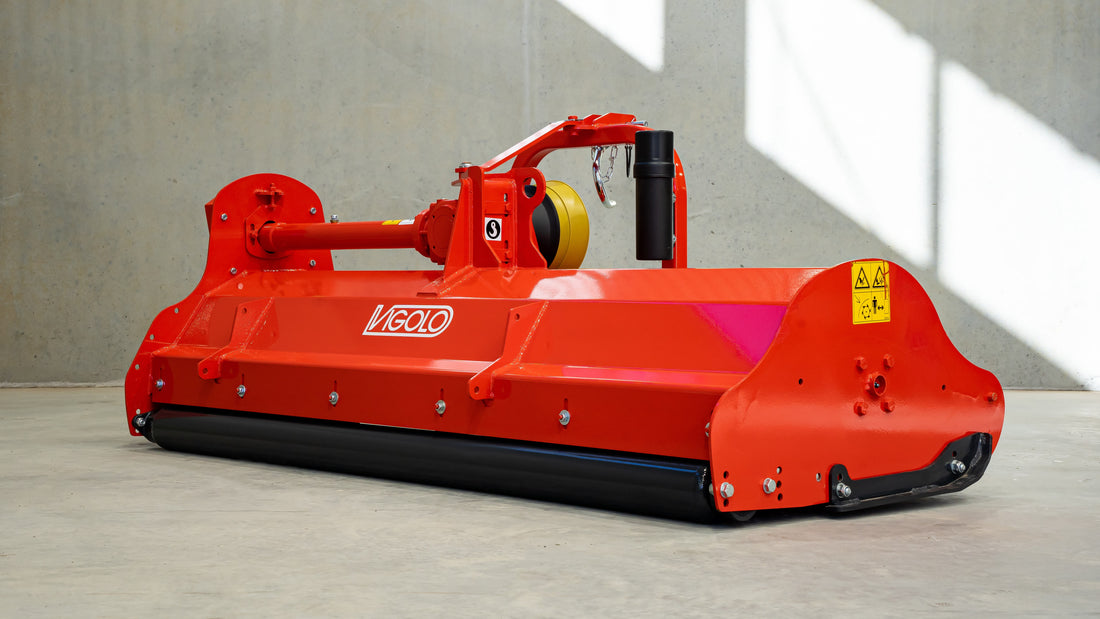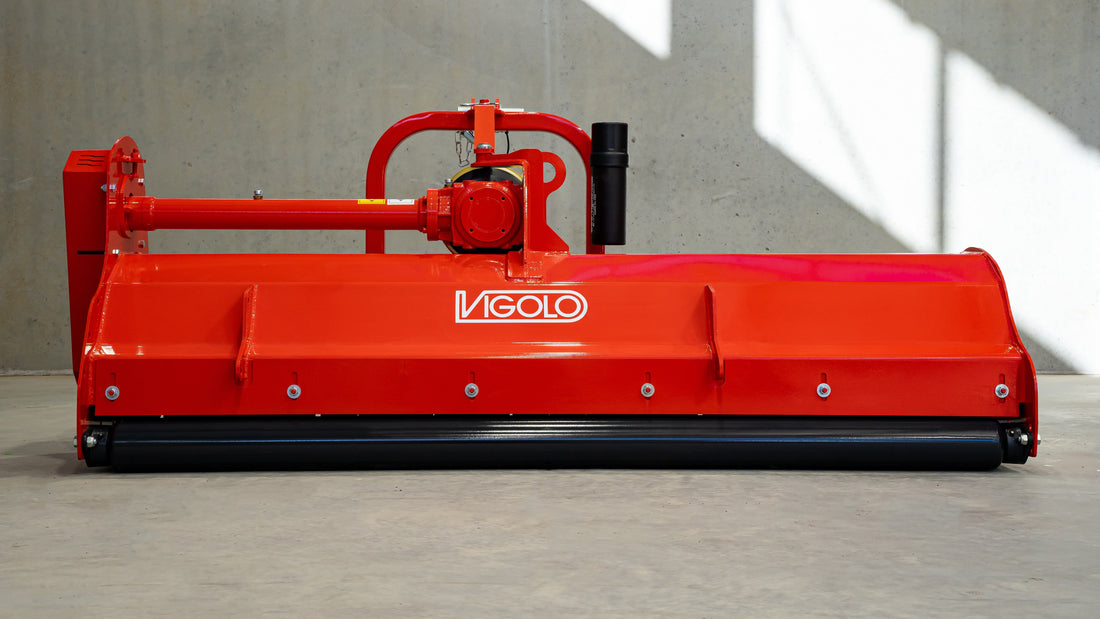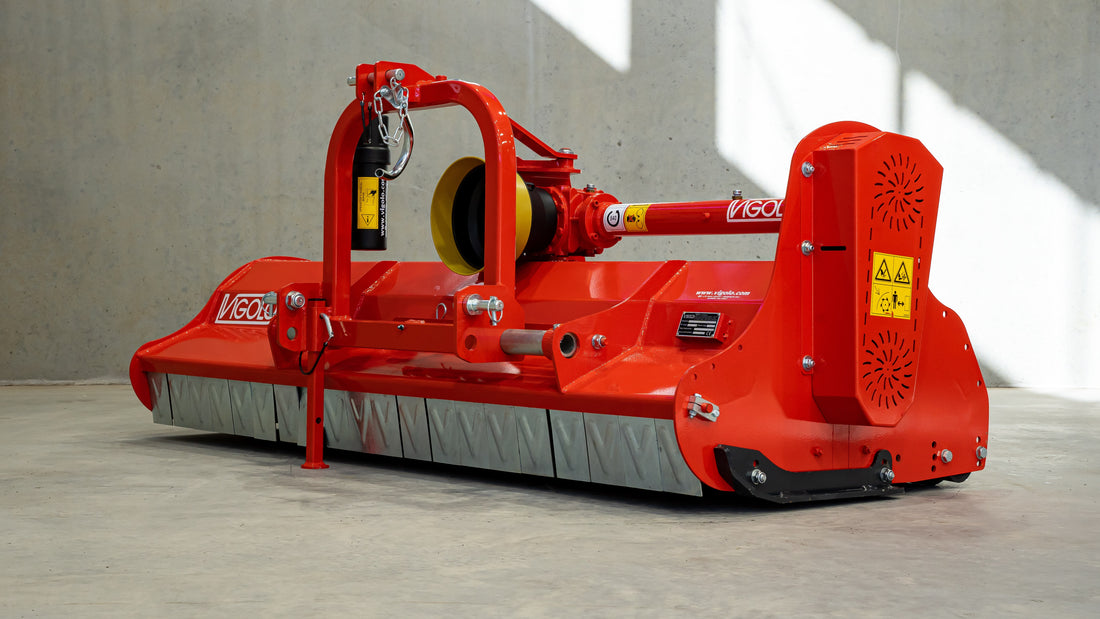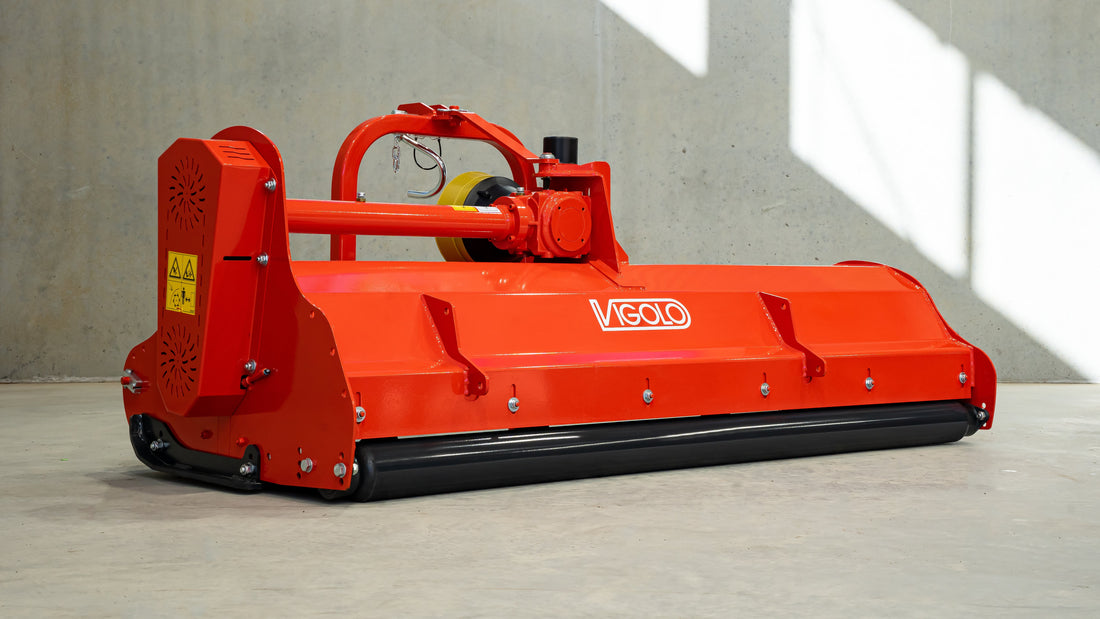
News
Mulchers vs Slashers: Which One is Better for You?
Mulchers vs Slashers: Which One is Better for You?
If you are looking for a way to manage vegetation on your property, you might be wondering whether to choose a mulcher or a slasher. Both types of equipment are designed to cut and clear vegetation, but they have different features, benefits and drawbacks.
In this blog post, we will compare mulchers and slashers in terms of their performance, output, cost, durability and environmental impact. We will also discuss the factors that influence the choice of high body or low body mulchers, and how they affect the quality and versatility of mulching. By the end of this post, you will have a better understanding of the pros and cons of mulchers and slashers, and be able to make an informed decision for your land management project.
What is a Mulcher?
A mulcher is a type of land management equipment that uses a long horizontal rotor with a series of blades to finely shred vegetation, such as grass, weeds, brush and small trees. The rotor operates using a shredding mechanism that breaks down the material into small pieces and distributes it evenly over the ground. The mulched material acts as a natural fertiliser, enhancing the soil nutrient levels and moisture retention.
Mulchers are ideal for heavy vegetation and noxious or invasive plants, such as blackberries, gorse or tussocks. They also leave a neat and tidy finish, without leaving windrows or clumps of material behind.
What is a Slasher?
A slasher is a type of land management equipment that uses a rotating blade or blades to cut through vegetation, such as grass, bushes and small trees. The blade is mounted on a horizontal or vertical axis and spins at high speed, creating a path through the vegetation. The cut material is either left on the ground or raked into windrows, which are rows of vegetation that are allowed to dry before being baled, combined or rolled. Slashers are suitable for general clearing of long grass and some brush, and can handle rough and uneven terrain.
Mulchers vs Slashers: A Comparison
One of the main differences between mulchers and slashers is the quality and quantity of the output they produce. Mulchers produce finer and more uniform mulch, which decomposes faster and improves the soil quality and fertility. Mulchers also spread the mulch evenly over the ground, preventing the formation of windrows or clumps that can harbour pests and diseases. Mulchers can handle thicker and denser vegetation, such as small trees and invasive plants, and reduce them to small pieces that are easier to manage. Mulchers also leave a cleaner and more aesthetically pleasing finish, without leaving stalks or stubble behind.
Slashers, on the other hand, produce coarser and more variable output, which takes longer to break down and may not provide the same benefits to the soil. Slashers tend to leave the cut material on the ground or rake it into windrows, which can take up space and interfere with the growth of new vegetation. Slashers are more effective in cutting tall grass and some brush, but may struggle with thicker and tougher vegetation, such as small trees and woody plants. Slashers also leave a rougher and less tidy finish, with stalks and stubble remaining on the ground.
Durability and Build
Another difference between mulchers and slashers is the durability and build of the equipment. Mulchers are usually made from high-quality and heavy-duty materials, such as steel, to withstand the impact and abrasion from the vegetation and the blades. Mulchers also have protective features, such as skids, guards and deflectors, to prevent damage and wear from the ground and the debris. Mulchers are designed to last for a long time, but may need more repairs and replacements due to the high stress and strain they endure.
Slashers are usually made from lighter and cheaper materials, such as aluminium, to reduce the weight and cost of the equipment. Slashers also have fewer protective features, such as discs, rollers and flaps, to minimise the drag and friction from the ground and the debris. Slashers are designed to be more economical and efficient, but may need more frequent replacements due to the lower quality and durability of the materials.
Environmental Impact
Another difference between mulchers and slashers is the environmental impact they have on the land and the ecosystem. Mulchers have a positive and beneficial impact on the environment, as they enhance the soil health and fertility, reduce the water loss and erosion, and suppress the weed growth and spread. Mulchers also reduce the greenhouse gas emissions and fire risk, as they decompose the vegetation faster and prevent the accumulation of dry material. Mulchers also promote the biodiversity and productivity of the land, as they create a favourable habitat and food source for the microorganisms, insects and animals.
Slashers can have a negative and detrimental impact on the environment, as they degrade the soil health and fertility, increase the water loss and erosion, and encourage the weed growth and spread. Slashers also increase the greenhouse gas emissions and fire risk, as they decompose the vegetation slower and create windrows of dry material. Slashers also reduce the biodiversity and productivity of the land, as they create a hostile and barren environment for the microorganisms, insects and animals.
Versatility and Adaptability
Another difference between mulchers and slashers is the versatility and adaptability they offer for different applications and conditions. Mulchers are more versatile and adaptable than slashers, as they can handle a wider range of vegetation types, sizes and densities, and produce a finer and more uniform output. Mulchers also have more options and features to adjust the performance and output, such as different blade types, rotor speeds, cutting heights and widths, and hydraulic controls. Mulchers can also be used for different purposes, such as pasture improvement, orchard pruning, roadside maintenance, and land clearing.
Slashers are less versatile and adaptable than mulchers, as they can only handle a narrower range of vegetation types, sizes and densities, and produce a coarser and more variable output. Slashers can have fewer options and features to adjust the performance and output, such as different blade types, cutting heights and widths, and mechanical controls. Slashers can also be used for fewer purposes, such as grass cutting, verge mowing, and stubble management.
Where to go now
Mulchers and slashers are both useful and effective tools for managing vegetation on your land, but they have different features, benefits and drawbacks that you need to consider before choosing one. Mulchers are generally more efficient, effective and environmentally friendly than slashers, as they produce finer and more uniform mulch. Contact us for more information about the problems you need solving on our acreage or commercial operation.

